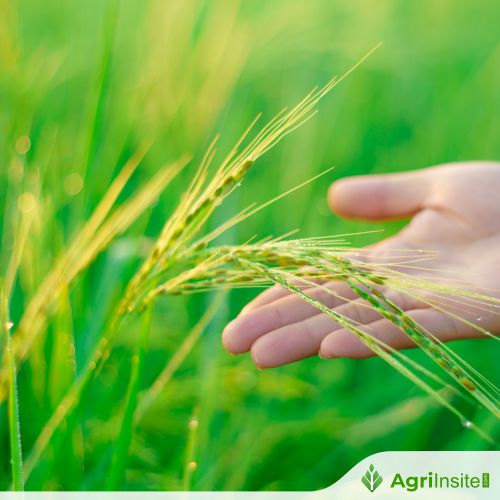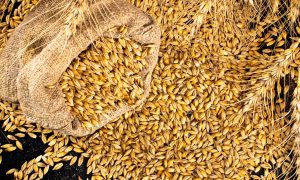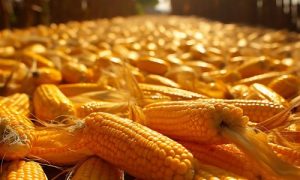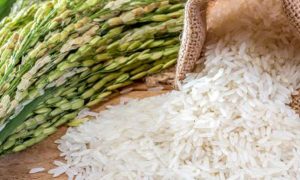Bihar : BAU introduces dual cropping system

Bihar Agricultural University (BAU) in Bhagalpur has introduced a dual cropping method for groundnut and rice using raised beds and ridge-and-furrow techniques. This system improves productivity, optimizes land use, and enhances farmer incomes. With the potential to reduce India’s dependence on imported oilseeds, the project aims to revolutionize farming in Bihar, especially during the rainy season.
Bhagalpur: To encourage farmers to adopt sustainable farming practices to enhance productivity and profitability, and support the national mission to reduce dependency on imported oilseeds and food grains, Bihar Agricultural University (BAU), Sabour, (Bhagalpur district) has introduced a dual simultaneous cropping method for groundnut-cum-rice cultivation using raised bed system, and ridge and furrow technique.Vice-chancellor (VC) D R Singh, who is monitoring the techniques on a day-to-day basis, has said that it is tailored for the agro-climatic conditions of Bihar. “It promises to revolutionise farming in the region by ensuring resource efficiency. The BAU scientists and researchers are also demonstrating the systems for groundnut-cum-rice cultivation to the progressive farmers on the campus, stressing the practicality and benefits of using the ridge-and-furrow technique,” said the BAU VC, adding four major benefits have been incorporated for the farmers. The first benefit is improved productivity with enhanced drainage, aeration and nutrient management. The second benefit is optimal land use to enhance farmers’ income. The third benefit is localized solutions by developing groundnut varieties suited to the Bhagalpur region, ensuring long-term sustainability. The fourth benefit is farmer empowerment through training programmes and interactive sessions on adoption of modern techniques.
Director of research at BAU, Anil Kumar Singh, who is leading the project, says that groundnut and rice can be cultivated year-round in Bihar across different sub-agro-climatic zones. The expansion of the system for groundnut-cum-rice cultivation, especially during rainy season, is a crucial step towards achieving self-sufficiency in the edible oil sector in the state, he adds.Referring to the raised bed system, Singh says that waterlogging remains a persistent challenge in many agricultural regions of Bihar, particularly for water-sensitive crops like groundnuts. “Hence, the system using ridge and furrow technique provides an effective solution by creating elevated planting areas separated by drainage furrows along with rice. The successful experiments started in July on 800 square metres of research farmland at BAU, with 400 square metres for groundnut and an equal stretch of land for paddy (rice),” says Singh. He adds paddy dominates Bihar’s Kharif season and occupies approximately 30 lakh hectares. “The technique for groundnut-cum-rice cultivation in Bihar can reduce India’s dependence on imported oilseeds, which is nearly 16.5 million tonnes per annum, incurring a staggering cost of Rs 1.38 lakh crore,” he says.We also published the following articles recently
Bihar Agricultural University (BAU) introduces dual cropping system for sustainable farmingBihar Agricultural University (BAU) is pioneering a dual cropping method for groundnut and rice using raised beds and ridge-and-furrow techniques. This innovative approach aims to boost farmer incomes, optimize land use, and reduce India’s reliance on imported oilseeds. Initial trials on the BAU research farm have shown promising results, attracting interest from local farmers.
3 BAU students successfully grow kesarwith aeroponics, vertical farming methodThree Bihar Agricultural University students have achieved a groundbreaking feat by cultivating saffron in Bhagalpur, Bihar, typically grown in Kashmir. Using aeroponics, vertical farming, and IoT technology, they recreated Kashmiri conditions in a controlled environment. The team, mentored by BAU scientists and supported by Sabour Agri Incubators, expects their first harvest in December 2024 after sourcing seeds from Kashmir.
To read more about Rice News continue reading Agriinsite.com
Source Link : Times Of India














